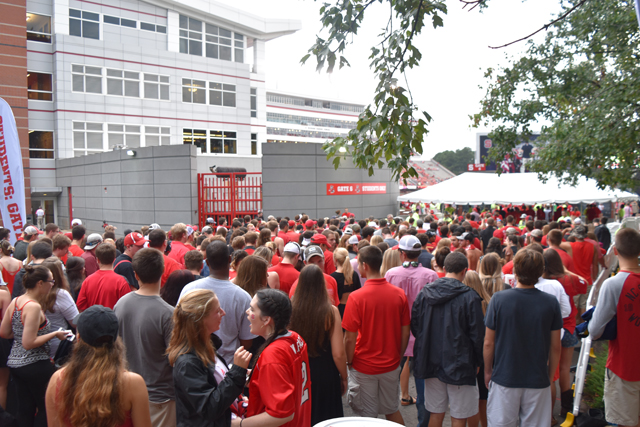Although the long-term effects on student loans borne by the debt ceiling increase are not fully understood, students can expect changing interest rates as they seek further loans.
According to a Wall Street Journal article, student loan debt in the United States totals $830 billion. That figure will probably increase as financial aid has become increasingly scarce — a prediction that the University has recognized.
Tuition rose by 6.5 percent this academic year as funding from the Board of Governor’s decreased by 15.1 percent.
According to the University website, “reductions in the [Board of Governor’s] student financial aid budget will have a negative impact on student financial aid resources available to NC State students. It is not yet clear what the full impact will be but with less financial aid, the number of student loans likely will increase.”
The decreased supply of financial aid will force students to look elsewhere for ways to pay for college, and they will mainly look to student loans. As a consequence, the demand for student loans will push interest rates higher.
Supply of loans must keep up with demand in order to keep interest rates stable. With tight credit throughout the economy, this is unlikely. The U.S . congress avoided defaulting on its bills this summer by increasing the debt ceiling — a limit on the nation’s total accrued debt.
Had they not, interest rates on loans, including student loans, would have jumped along with rates on all credit. In the midst of heated talks between those on the right and left wing, lawmakers considered removing subsidies from student loans. Federal subsidies allow students to forgo the accrual of interest while in school.
“The issue is that when [congressmen] were cutting programs, one of the things that is on the chopping block to get cut is the subsidization of student loans. When students apply for loans, they can get subsidized or unsubsidized loans,” graduate student in economics Jonathan Eyer said.
“Subsidized means that the government is not going to charge interest while you are in school. If you borrow $10,000 as a freshman, when you get out it’s still $10,000. The government could be doing something else with the money it feeds into loan subsidization, though. It is a problem of opportunity cost — the next best thing the money could be used for,” Eyer said.
Republicans wanted substantial cuts before approving the debt ceiling increase, while they simultaneously would not budge on raising taxes. With more spending and unchanged tax revenue, something had to go. By proposing a cut to student loan assistance, they believed there was a more appropriate use of the funds.
“[The federal government] could buy Chinese bonds with that money instead. They could invest it at the worldwide rate of interest. By choosing not to — by giving the money to students — they are incurring the cost of what they’re not getting to invest in other things,” Eyer said. If the government ends subsidies, it would increase student loan interest rates, according to Associate Professor of economics Michael McElroy.
Student loans largely come through the private sector, but they have federal guarantees; This encourages banks and other financial institutions to make these relatively low interest rate and increasingly high risk loans because they get subsidized from the government. “The extent that subsidy is taken away, it would certainly raise the cost of student loans,” McElroy said.
Although student loans make up a hefty portion of total debt in the United States, they are one small part of an international financial system. Therefore, with a heavily interconnected worldwide economy, it is difficult to predict the exact impact the debt ceiling rise will have on student loans.




